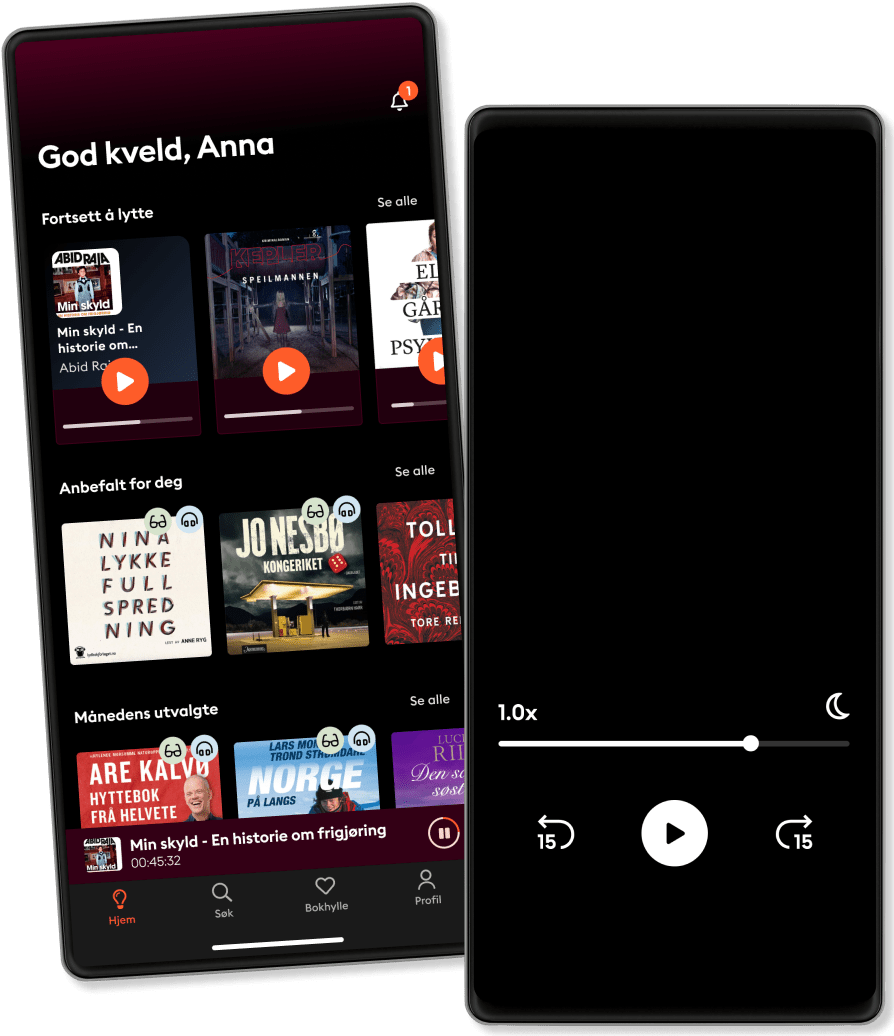Vatican I: The Council and the Making of the Ultramontane Church
- Av
- Med
- Forlag
- 14 Anmeldelser
3.4
- Spilletid
- 8T 20M
- Språk
- Engelsk
- Format
- Kategori
Religion og spiritualitet
The enduring influence of the Catholic Church has many sources―its spiritual and intellectual appeal, missionary achievements, wealth, diplomatic effectiveness, and stable hierarchy. But in the first half of the nineteenth century, the foundations upon which the church had rested for centuries were shaken. In the eyes of many thoughtful people, liberalism in the guise of liberty, equality, and fraternity was the quintessence of the evils that shook those foundations. At the Vatican Council of 1869–1870, the church made a dramatic effort to set things right by defining the doctrine of papal infallibility.
In Vatican I: The Council and the Making of the Ultramontane Church, John W. O’Malley draws us into the bitter controversies over papal infallibility that at one point seemed destined to rend the church in two. Archbishop Henry Manning was the principal driving force for the definition, and Lord Acton was his brilliant counterpart on the other side. But they shrink in significance alongside Pope Pius IX, whose zeal for the definition was so notable that it raised questions about the very legitimacy of the council. Entering the fray were politicians such as Gladstone and Bismarck. The growing tension in the council played out within the larger drama of the seizure of the Papal States by Italian forces and its seemingly inevitable consequence, the conquest of Rome itself.
Largely as a result of the council and its aftermath, the Catholic Church became more pope-centered than ever before. In the terminology of the period, it became ultramontane.
© 2019 Blackstone Publishing (Lydbok): 9781982557140
Utgivelsesdato
Lydbok: 15. januar 2019
Tagger
Andre liker også ...
- The Church History Eusebius
- Paul: A Biography N. T. Wright
- Meaning: Exploring the Big Questions of the Cosmos with a Vatican Scientist Guy Consolmagno
- The City of God Augustine Augustine
- The Darkening Age: The Christian Destruction of the Classical World Catherine Nixey
- The Name of God is Mercy Pope Francis
- The Life of St. Augustine F. W. Farrar DD, FRS
- Medieval Christianity: A New History Kevin Madigan
- Witness to Hope: The Biography of Pope John Paul II George Weigel
- Pope Francis: Preacher, Teacher, and Reformer Gerard Mannion
- På grensen til evigheten - Del 7-10 Ken Follett
4.7
- Steppevandringen Jean M. Auel
4.6
- Der vi hører hjemme Emily Giffin
4.4
- Atlas - Historien om Pa Salt Lucinda Riley
4.7
- Din vilje skje - En oppvekst med karismatisk kristendom Anne-Britt Harsem
4.3
- En dag skal du dø Gard Sveen
4
- Julestormen Milly Johnson
4.2
- Døden inntraff Mark Billingham
4.1
- Døden på kurbadet Anna Grue
3.6
- Fars rygg Niels Fredrik Dahl
4.4
- Klippehulens folk Jean M. Auel
4.4
- Pulskuren - Stress riktig, sov bedre, yt mer og lev lenger Torkil Færø
4.6
- Mammutjegerne Jean M. Auel
4.4
- Det som ligger under Mark Billingham
3.7
- Mormor danset i regnet Trude Teige
4.5
Derfor vil du elske Storytel:
Over 700 000 bøker
Eksklusive nyheter hver uke
Lytt og les offline
Kids Mode (barnevennlig visning)
Avslutt når du vil
Unlimited
For deg som vil lytte og lese ubegrenset.
1 konto
Ubegrenset lytting
Over 700 000 bøker
Nye eksklusive bøker hver uke
Avslutt når du vil
Family
For deg som ønsker å dele historier med familien.
2-3 kontoer
Ubegrenset lytting
Over 700 000 bøker
Nye eksklusive bøker hver uke
Avslutt når du vil
2 kontoer
289 kr /månedBasic
For deg som lytter og leser av og til.
1 konto
20 timer/måned
Over 700 000 bøker
Nye eksklusive bøker hver uke
Avslutt når du vil
Lytt og les ubegrenset
Kos deg med ubegrenset tilgang til mer enn 700 000 titler.
- Lytt og les så mye du vil
- Utforsk et stort bibliotek med fortellinger
- Over 1500 serier på norsk
- Ingen bindingstid, avslutt når du vil

Norsk
Norge